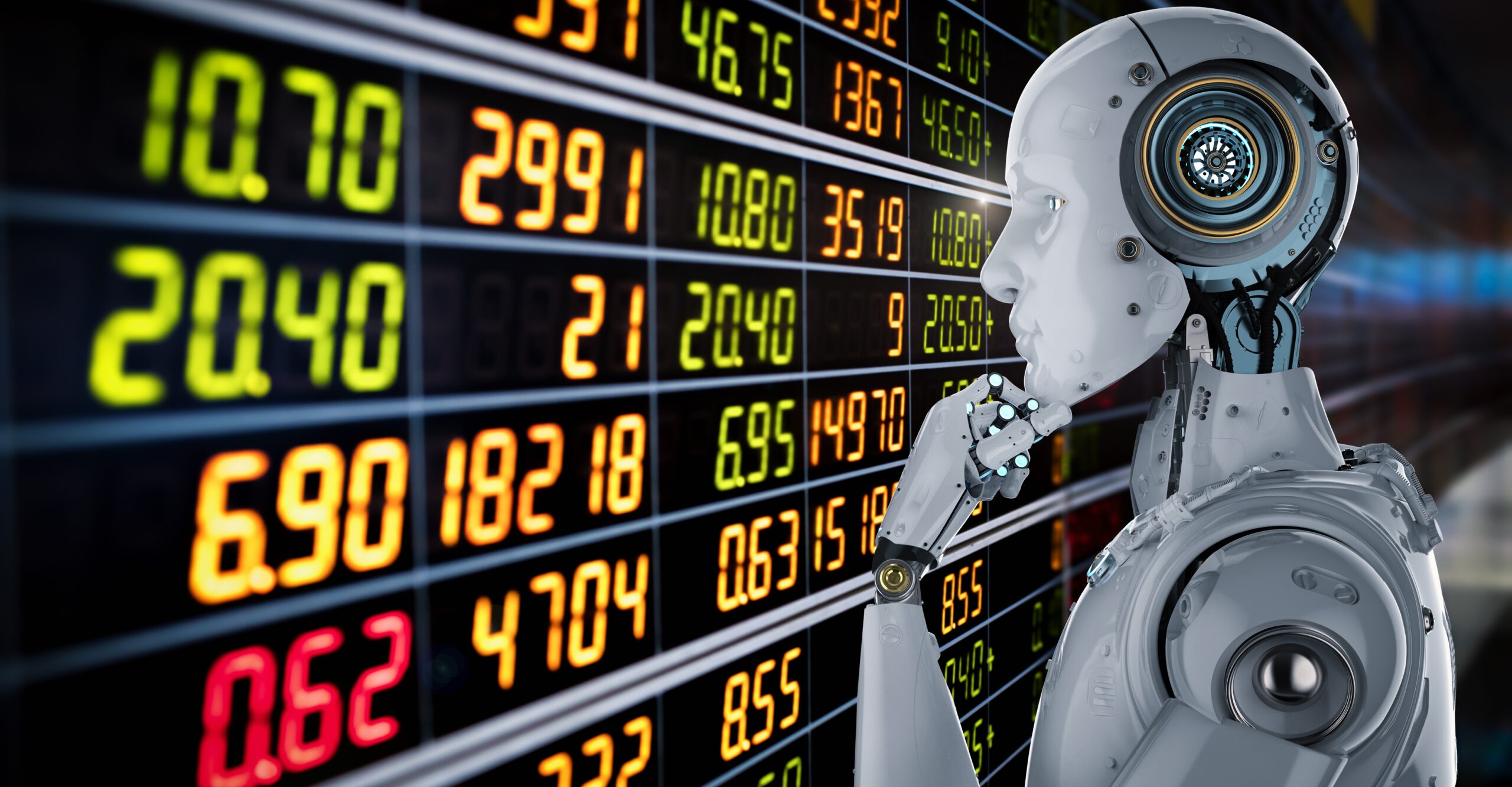1. Introduction
Currency exchange markets play a crucial role in global trade and finance. As technology evolves, artificial intelligence (AI) is increasingly shaping these markets. Let’s explore how AI impacts currency exchange and its various applications.
2. Forecasting Exchange Rates
AI algorithms analyze historical data, market trends, and geopolitical events to predict exchange rate movements. Machine learning models, such as recurrent neural networks (RNNs) and long short-term memory (LSTM) networks, can provide accurate short-term and long-term forecasts.
3. Algorithmic Trading
AI-driven trading algorithms execute transactions based on predefined rules. High-frequency trading (HFT) systems use AI to make split-second decisions, optimizing profits and minimizing risk. These algorithms react swiftly to market fluctuations, enhancing liquidity.
4. Sentiment Analysis
Natural language processing (NLP) techniques analyze news articles, social media posts, and central bank statements. By gauging market sentiment, AI helps traders make informed decisions. Sentiment analysis can identify bullish or bearish signals.
5. Risk Management
AI assesses risk by analyzing portfolio diversification, volatility, and exposure. It recommends hedging strategies and dynamically adjusts positions. Risk models powered by AI enhance stability and protect against adverse market movements.
6. Trade Execution
Automated trading platforms execute orders efficiently. AI considers factors like liquidity, slippage, and transaction costs. Smart order routing algorithms optimize execution, ensuring minimal impact on exchange rates.
7. Anti-Money Laundering (AML)
AI detects suspicious transactions and patterns associated with money laundering. It monitors large transfers, unusual activity, and compliance violations. AML algorithms enhance regulatory compliance in currency exchange.
8. Conclusion
AI revolutionizes currency exchange by improving accuracy, efficiency, and risk management. As technology advances, expect further innovations in this dynamic field.
